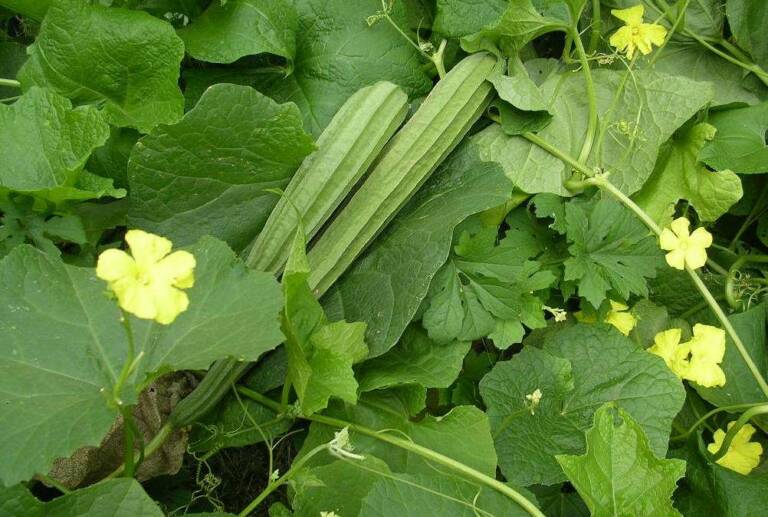Project Report For Ridge Gourd
Introduction
Project report for ridge gourd is as follows.
Ridged gourd, also known as torai or luffa, is a popular vegetable in India and is commonly used in cooking. The plant is a climbing vine and is grown on trellises or on the ground. It is known for its medicinal properties and is often used in traditional Ayurvedic medicine.
Ridged gourd farming in India is mostly done in the states of Andhra Pradesh, Tamil Nadu, and Karnataka. The crop is grown in a variety of soils, but well-drained loamy soil is considered ideal for its cultivation. The plant requires a warm and humid climate for optimal growth, and it is usually sown during the monsoon season.

The seedlings of the ridged gourd plant are raised in nurseries, and once they are big enough, they are transplanted to the main field. The plant requires regular watering, and the use of organic fertilizers is recommended to promote healthy growth. Pesticides may also be used to protect the plant from pests and diseases.
Harvesting of the ridged gourd usually begins about 2-3 months after planting and continues for several months. The fruits are picked when they are still young and green, and they should be handled with care to avoid damaging them.
Get Completely Custom Bankable Project Report
The ridged gourd is a versatile vegetable and is used in a variety of dishes, including curries, stews, and stir-fries. It can also be pickled or used as an ingredient for making juice, and some traditional Ayurvedic remedies.
In addition to traditional farming practices, farmers are increasingly using modern techniques such as integrated pest management, precision farming, and crop rotation to improve yields and reduce costs. With the right approach and a little bit of effort, ridged gourd farming can be a profitable and sustainable endeavor for farmers in India.
Market Potential Of Ridge Gourd
The market potential for ridged gourd farming in India is strong due to the high demand for vegetables in both domestic and export markets. Vegetable is a staple in many Indian households and is used in a variety of dishes.
In terms of domestic demand, the Indian population is projected to reach 1.5 billion by 2027, which will lead to an increased demand for food, including vegetables. The increasing health consciousness among the population is also driving the demand for vegetables, including ridged gourds.
The domestic market for ridged gourd is large and growing, with increasing urbanization and a growing middle class driving demand. In addition, the export market for Indian fruits and vegetables, including ridged gourd, is also growing, with countries in the Middle East, Europe, and Southeast Asia being major importers of Indian agricultural products.
There are several factors that contribute to the market potential for ridged gourd farming in India. Firstly, the vegetable is relatively easy to grow and can be grown in a variety of soil and climate conditions. This makes it suitable for cultivation in many parts of India. Secondly, the vegetable has a long shelf life, which makes it suitable for export markets. Thirdly, the yield per hectare of the ridged gourd is high, which makes it a profitable crop for farmers.
The Indian government also provides support for the agricultural sector through various schemes and policies, such as the National Horticulture Mission and the Pradhan Mantri Fasal Bima Yojana. These schemes provide financial assistance and insurance coverage for farmers, which can help to mitigate the risks associated with farming and increase profitability.
